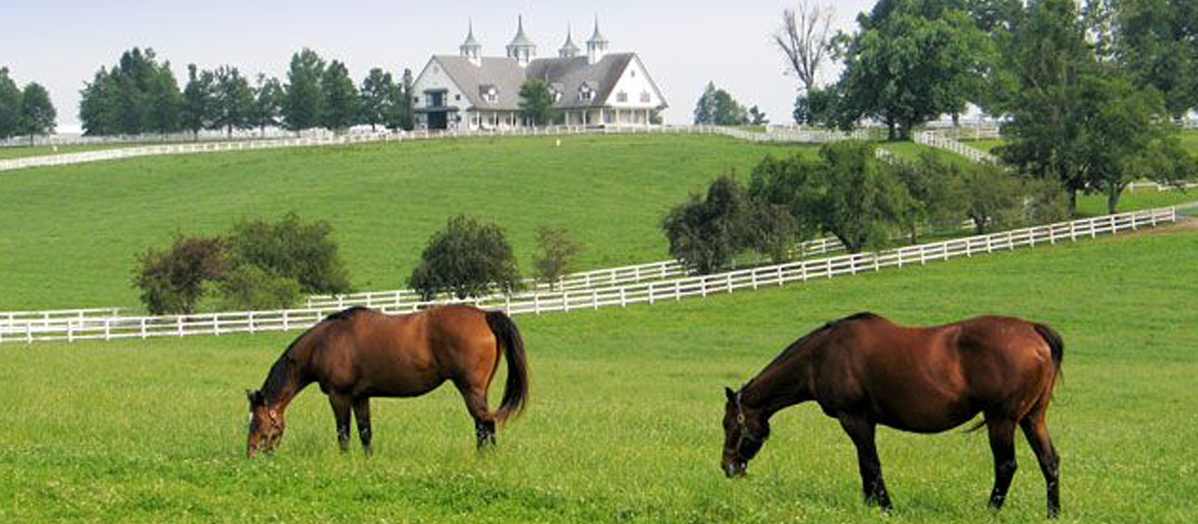365 Days in Horse Country – Bowed Tendon

Athletic horses frequently suffer from tendonitis, or bowed
tendon. It is a primary reason for the
retirement of many horses, in particular racehorses.
With this type of injury, the tendon fibers rupture to varying degrees. Blood vessels also rupture, and fluid can accumulate in the affected area. A bowed tendon usually occurs after a horse has been exercised improperly. Fatigue and poor condition are contributing factors. Horses that are shod improperly, and those with joint malformations, are also prone to tendonitis.
A bowed tendon injury can be acute (short term) or chronic (long term). Signs of tendonitis are severe lameness and hot, painful, swollen joints. Stall rest is advised for horse with acute tendonitis. Cold packs and non-steroidal anti-inflammatory drugs can help to reduce the inflammation, but injecting corticosteroid drigs into the tendon is not recommended because it can cause infection. Depending on the severity of the injury, support and immobilization may be necessary. Gradually reintroduce exercise.
In horses with chronic tendonitis, the fibrous tissues surrounding the tendon become thickened and scarred. Often, these horses look sound at the walk or trot, but the go lame at a gallop.
Forelegs are more likely to be affected than hind legs. Tendonitis commonly occurs in the mid-cannon region of the superficial digital flexor tendon. That location has a relatively small cross-sectional as compared to the impact it must withstand when the fetlock is hyperextended at high speeds. Even if the injury heals, it’s not unusual for a reinjury to occur.
The prognosis for complete recovery from tendonitis is limited. Researchers are studying the potential of bone marrow injections that contain stem cells and growth factors as a possible course of treatment.
Michael







